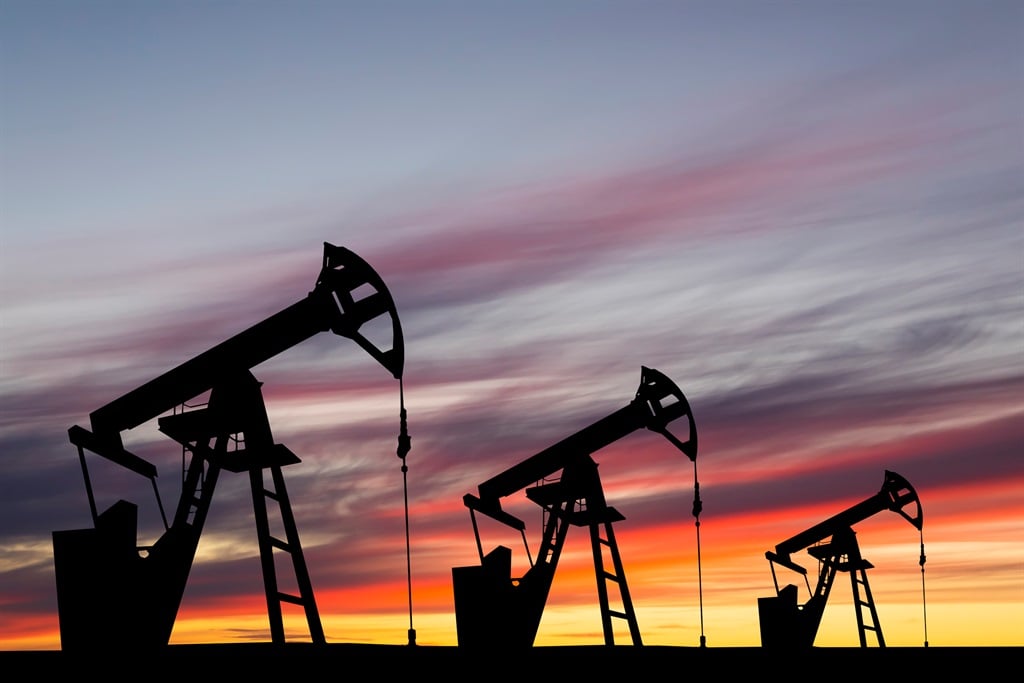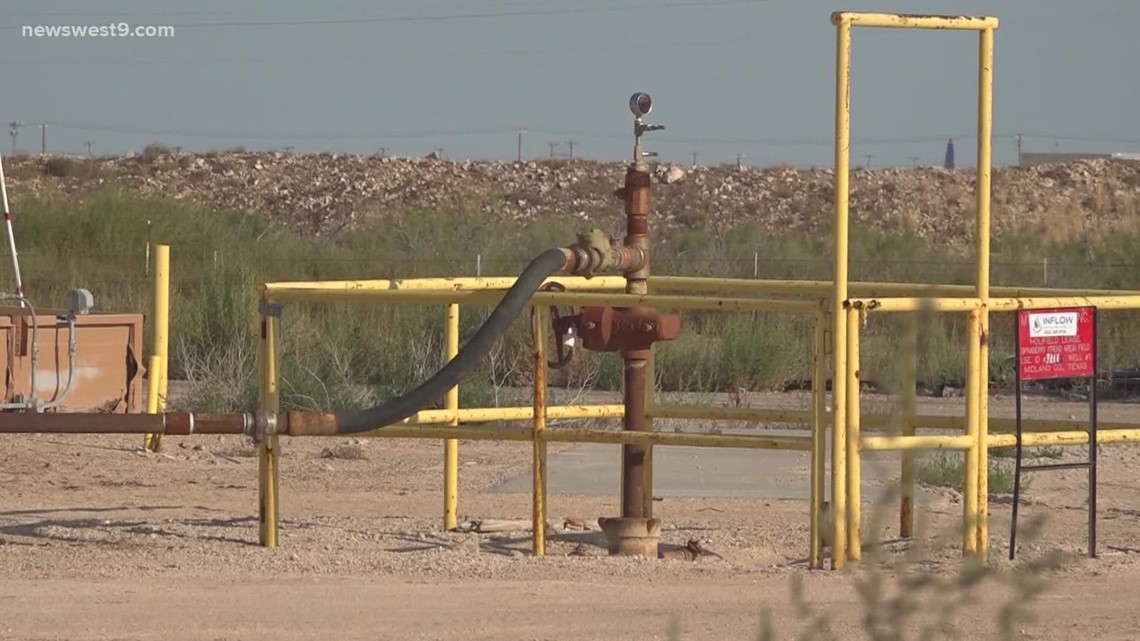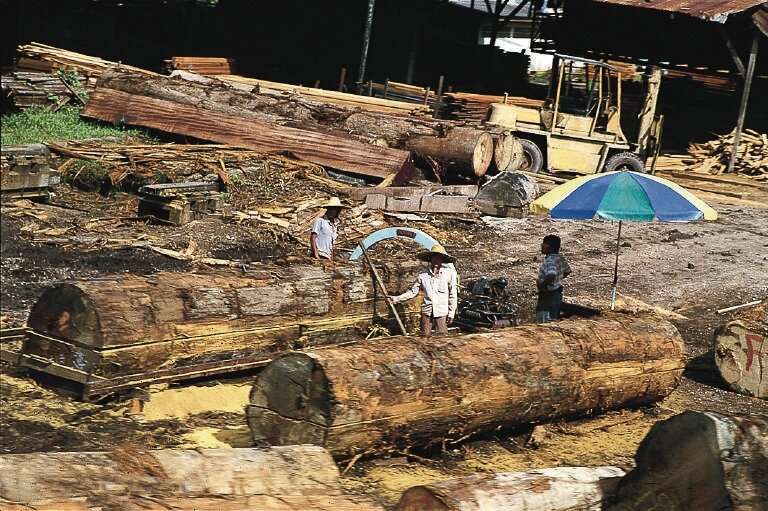Tackling One Of The Fracking Industry’s Biggest Problems
- The fracking industry has often been criticized for its tremendous water usage.
- Plasma Pulse Technology is a new fracking tech that requires no chemicals or water.
- Its developers describe it as a technique that is complementary to fracking, at a fraction of the cost.
In the previous article, I discussed some of the issues involving water and hydraulic fracturing (fracking). In a nutshell, although fracking has proven to be a highly effective means of boosting oil and natural gas production, the process requires millions of gallons of water. Further, there is the potential to contaminate water supplies. Although fracking isn’t going away anytime soon, it would be beneficial if there were some complementary tools for drillers in the event that conventional fracking could prove to be problematic. For example, an extremely arid area with certain types of hydrocarbon resources could be ripe for such a technique.
Several years ago, I first heard about Plasma Pulse Technology. As with many new technologies, I approached it with a healthy degree of skepticism. I like to see data, and at that time there wasn’t a lot of data yet available on the technique.
Plasma Pulse Technology was invented at St. Petersburg State Mining University in Russia. Conventional fracking uses water at high pressure to break open channels that then enable the flow of oil or natural gas into the well. In contrast, Plasma Pulse Technology through a powerful electrical discharge produces a high-pressure plasma pulse (5,000 psi), and the subsequent compression shock wave propagates along the path of least resistance (i.e., in the perforations). These compression shock waves propagate over long distances.
The first two or three pulses clean the perforation. Subsequent pulses penetrate into the reservoir, clean the existing channels, and create a network of micro-cracks. This enables oil to more easily flow into the well. Following the application of the technique, oil production can be boosted for several years.
To be clear, this isn’t voodoo. The technique is described in some detail in multiple technical reports and research papers. For example, in Petroleum Research Karan Patal et al. report on the technical details of how the technology works and specific case studies in Plasma Pulse Technology: An uprising EOR technique.
Its developers describe it as a technique that is complementary to fracking, at a fraction of the cost. It doesn’t always work in the same niche as fracking, but it has been shown to boost production in previously fracked wells.
Novas Energy rolled out Plasma Pulse Technology in China, Kazakhstan, Russia, and the Middle East a decade ago, and in 2014 it was introduced to North America. Novas Energy North America President and CEO Ken Stankievech described the advantages of the technology to me in a recent phone call:
“The cost differential between Plasma Pulse Technology and hydraulic fracking jobs is substantial. On a vertical well, Plasma Pulse Technology is 75% cheaper than an equivalent hydraulic fracturing job. On a horizontal well, depending on the lateral leg length of the project, it can be 90% cheaper than a traditional job, while operating without the extreme consumption of water and caustic chemicals.”
He added that they have performed the technique on wells as deep as 13,000 feet, but says the original tools have now been modified for extreme depths of 30,000 feet.
So far Plasma Pulse Technology has been used primarily on small wells, but the results have been promising. Novas Energy provided several case studies, some of which are available in the published literature.
Here are some of the cases in which the technique has been used:
- The Kuwait Oil Company well RA-000A was producing oil of about 196 barrels of oil per day (bopd) before the plasma stimulation and after the job the well is producing a stable rate of about 363 bopd. Plasma pulse produced an incremental oil gain of 167 bopd — an increase of 85% from the initial oil production rate. (Source: Chellappan, Suresh Kumar, et al. “First application of plasma technology in KOC to improve well’s productivity.” SPE Kuwait Oil and Gas Show and Conference. OnePetro, 2015.)
- Alberta Case Study 1 – Vertical well Lower Mannville, Retlaw Alberta. Pretreatment oil production of 12.6 barrels of oil equivalent per day (Boe/d) increased after treatment to 26.5 Boe/d — a 109% increase. The average 24- month increase is 73%.
- Alberta Case Study 2 – Vertical well Lower Mannville, Alderson Alberta. Pretreatment oil production of 27.8 Boe/d increased after treatment to 48 Boe/d — a 73% increase. The average increase was 44% over a 40-month period.
- Russia Case Study 3 – Vertical well in the Taylakovskoe oil field, a tight sandstone deposit. Pretreatment oil production of 40 Boe/d increased after treatment to 145 Boe/d — a 275% increase. The average increase was 80% over a 48-month period.
Case Study 1 and 2 are available from the public data fields GeoScout provided directly from the client to GeoScout, a third-party data management company authorized by the Alberta Energy Regulator (AER). The Russian study was done by Slvneft-Megionneftegas.
Early results are promising, but oil and gas companies are notoriously conservative when it comes to embracing new technology. But Novas Energy believes 2022 is going to be a breakout year for them, as they have a committed book of business of more than 100 oil and gas wells for plasma treatment.
According to Stankievech “More and more of our clients are realizing that Plasma Pulse is an environmentally-friendly and cost-effective technology that can boost hydrocarbon productivity without breaking the bank.”
By Robert Rapier











